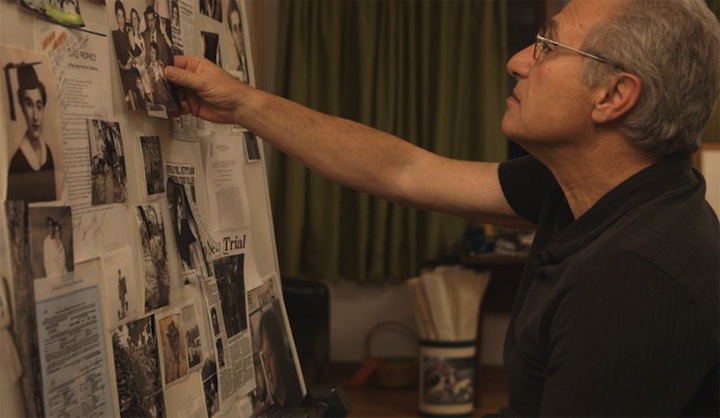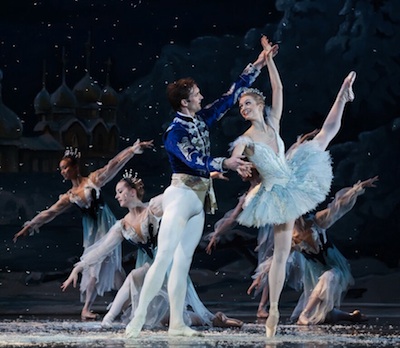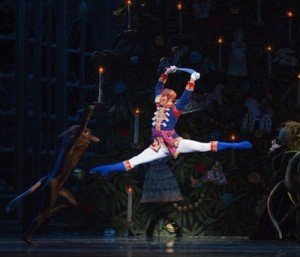by Anthony Taylor
Contributing Writer
Welcome to Apes on Film! This column exists to scratch your retro-film-in-high-definition itch. We’ll be reviewing new releases of vintage cinema and television on disc of all genres, finding gems and letting you know the skinny on what to avoid. Here at Apes on Film, our aim is to uncover the best in retro film. As we dig for artifacts, we’ll do our best not to bury our reputation. What will we find out here? Our destiny.
 PICNIC AT HANGING ROCK – (1975) – 4K UHD + BRD
PICNIC AT HANGING ROCK – (1975) – 4K UHD + BRD
4.5 out of 5 Bananas
Starring: Rachel Roberts, Anne-Louise Lambert, Vivean Gray
Director: Peter Weir
Rated: NR
Studio: Criterion Collection
Region: 4k UHD – Region Free, BRD – Region A Locked
BRD Release Date: 04/09/2024
Audio Format: DTS-HD Master Audio 5.1
Video Codec: Native 4K HDR: HDR10
Resolution: 2160p
Aspect Ratio: 1.66:1 Original aspect ratio: 1.85:1
Run Time: 107 minutes
CLICK HERE TO ORDER
Australia had a fairly robust film production industry between the great wars, but when J. Arthur Rank bought up the largest theater chains after WWII and discouraged local production the industry went fallow, producing an average of only two films a year from 1946 until 1969. Finally, in 1973 the government funded the new Australian Film, Television, and Radio School and the dam was broken. New talent flooded in to learn the craft of filmmaking and the beginning of what would be called the Australian New Wave began as names like Bruce Beresford, Gillian Armstrong, George Miller, Philip Noyce, and Peter Weir began producing their own films for local and international distribution. Weir began his trade in the late 1960s making short films and television programs and made a critical breakthrough with his first feature, THE CARS THAT ATE PARIS (1974). His next film would gain international acclaim and a gave him a reputation for mesmerizing work that goes against the traditions of storytelling in reaching for something deeper, something resonant even if unrecognizable.
Based on Joan Lindsay’s 1967 novel of the same name, PICNIC AT HANGING ROCK is a period piece set in 1900 that begins with a student outing from a girl’s school in Victoria to a local rock formation. After lunch, as most of the teachers and girls nap, three students explore the formation and mysteriously disappear, as does one of the teachers. Questions are asked, investigations are made, an inquiry is called, and both teachers and students search for answers to questions they never thought to ask until their disappearance. Theories abound, suggestions and inferences are made, accusations bubble to the surface; but no answers come. When one of the students is found alive but with no memory of what happened to herself or the others, the mystery and sense of horror at what might have befallen the girls intensifies.
outing from a girl’s school in Victoria to a local rock formation. After lunch, as most of the teachers and girls nap, three students explore the formation and mysteriously disappear, as does one of the teachers. Questions are asked, investigations are made, an inquiry is called, and both teachers and students search for answers to questions they never thought to ask until their disappearance. Theories abound, suggestions and inferences are made, accusations bubble to the surface; but no answers come. When one of the students is found alive but with no memory of what happened to herself or the others, the mystery and sense of horror at what might have befallen the girls intensifies.
Weir has publicly said how disappointed he was by the dull outcomes of Hitchcock films (the Butler did it!), as well as the simple explanations offered by Sherlock Holmes to the complex mysteries he solved, so he eschewed tying the film’s mystery up at the end into a neat bow as a present to the viewer. He expects us to enjoy the journey and never care for the destination, which will certainly rile audiences with an appetite for standard storytelling conventions. No comforting Campbellian moments or traditional mythical narrative tropes are applied in a broad manner in PICNIC, we have to understand that the questions are the answers Weir wishes us to savor.
The film’s setting in the year 1900 is thematically important. Just as America faced a “New Frontier” in which no one and nothing was safe after the assassination of JFK in 1963, the Victorian age was ending, and the future was an enigma to Britons all over the world at the turn of the century. It was a time in which everything was open to change, and opinion and influence no longer made any difference in one’s personal outcome. Weir  embraces the enigma rather than the explanation, and invites viewers to do the same; ”What we see and what we seem are but a dream, a dream within a dream” says doomed girl Miranda (quoting Edgar Allan Poe), played by Anne-Louise Lambert, at the opening of the film. And like the layers of dreams within dreams, the story of Hanging Rock unfolds, but never unveils. It echoes the zeitgeist of a people surrounded by harsh terrain and aboriginal mysticism, ruled at a distance by a monarch in her final months.
embraces the enigma rather than the explanation, and invites viewers to do the same; ”What we see and what we seem are but a dream, a dream within a dream” says doomed girl Miranda (quoting Edgar Allan Poe), played by Anne-Louise Lambert, at the opening of the film. And like the layers of dreams within dreams, the story of Hanging Rock unfolds, but never unveils. It echoes the zeitgeist of a people surrounded by harsh terrain and aboriginal mysticism, ruled at a distance by a monarch in her final months.
Instead, the film lingers on images, on sounds, expressions, and texture. The cinematography of Russell Boyd is soft and layered, dreamlike in places as the story is, a perfect contextual pairing. His work on Weir’s later films benefits from his experiences here, in combining layered atmosphere with a thematically based documentary style to create a harmonic visual resonance at almost imperceptible levels.
Criterion Collection’s presentation of PICNIC is sourced from a new 4K restoration from the original camera negative supervised and approved by Director Weir and Director of Photography Boyd, and feels both delicate and robust at the same time – delicate because of the nature of the visuals, and robust in color, tonal density, and texture. The package includes a 4K UHD disc as well as a Blu-ray. Also included are an interview with Weir; a program on the making of the film, featuring interviews with Executive Producer Patricia Lovell, Producers Hal McElroy and Jim McElroy, and cast members; an introduction by film scholar David Thomson, author of The New Biographical Dictionary of Film; an on-set documentary hosted by Lovell and featuring interviews with Weir, actor Rachel Roberts and source-novel author Joan Lindsay; HOMESDALE (1971), a black comedy by Weir; the original trailer; an essay by author Megan Abbott; and an excerpt from film scholar Marek Haltof’s 1996 book Peter Weir: When Cultures Collide. The 4k disc is region free, and the Blu-ray is Region A locked.
This movie is considered to be the best Australian film of all time by most of the Australian film industry, critics, and academia. Like the questions it poses regarding its central incident, unanswered and never ending, PICNIC AT HANGING ROCK embeds itself within you. And though it may slip from thought for years at a time, it never fades.
Anthony Taylor is not only the Minister of Science, but also Defender of the Faith. His reviews and articles have appeared in magazines such as Screem, Fangoria, Retro Fan, Famous Monsters of Filmland, SFX, Video WatcH*Dog, and many more. He is the author of the book The Art of George Wilson from Hermes Press.
Ape caricature art by Richard Smith.
Portions of this review were previously published in Screem Magazine.













 The center of the film, however, remains Bill Genovese, who narrates and drives the action as he pieces together the truth, which is not so simple a thing as the ‘facts.’ He doesn’t only want to know what happened, but why, and even how. Confined to a wheelchair due to his war injuries, Genovese is a nonetheless imposing figure as he confronts reporters, lawyers, and even the aging witnesses in an attempt to set the record straight in his mind. (He has a journalist’s tenacity, often asking witnesses if they ever spoke to the police, and then regardless of their answer, revealing that he has their police statement right in front of him.) He is the witness of the film’s title, not present at the event itself, but willing to stand for his sister, to shine light on her vibrant and rich existence (and, in a particularly moving section of the film, her secrets) to reclaim her from the cold register of history and return her, in some way, to life.
The center of the film, however, remains Bill Genovese, who narrates and drives the action as he pieces together the truth, which is not so simple a thing as the ‘facts.’ He doesn’t only want to know what happened, but why, and even how. Confined to a wheelchair due to his war injuries, Genovese is a nonetheless imposing figure as he confronts reporters, lawyers, and even the aging witnesses in an attempt to set the record straight in his mind. (He has a journalist’s tenacity, often asking witnesses if they ever spoke to the police, and then regardless of their answer, revealing that he has their police statement right in front of him.) He is the witness of the film’s title, not present at the event itself, but willing to stand for his sister, to shine light on her vibrant and rich existence (and, in a particularly moving section of the film, her secrets) to reclaim her from the cold register of history and return her, in some way, to life.











